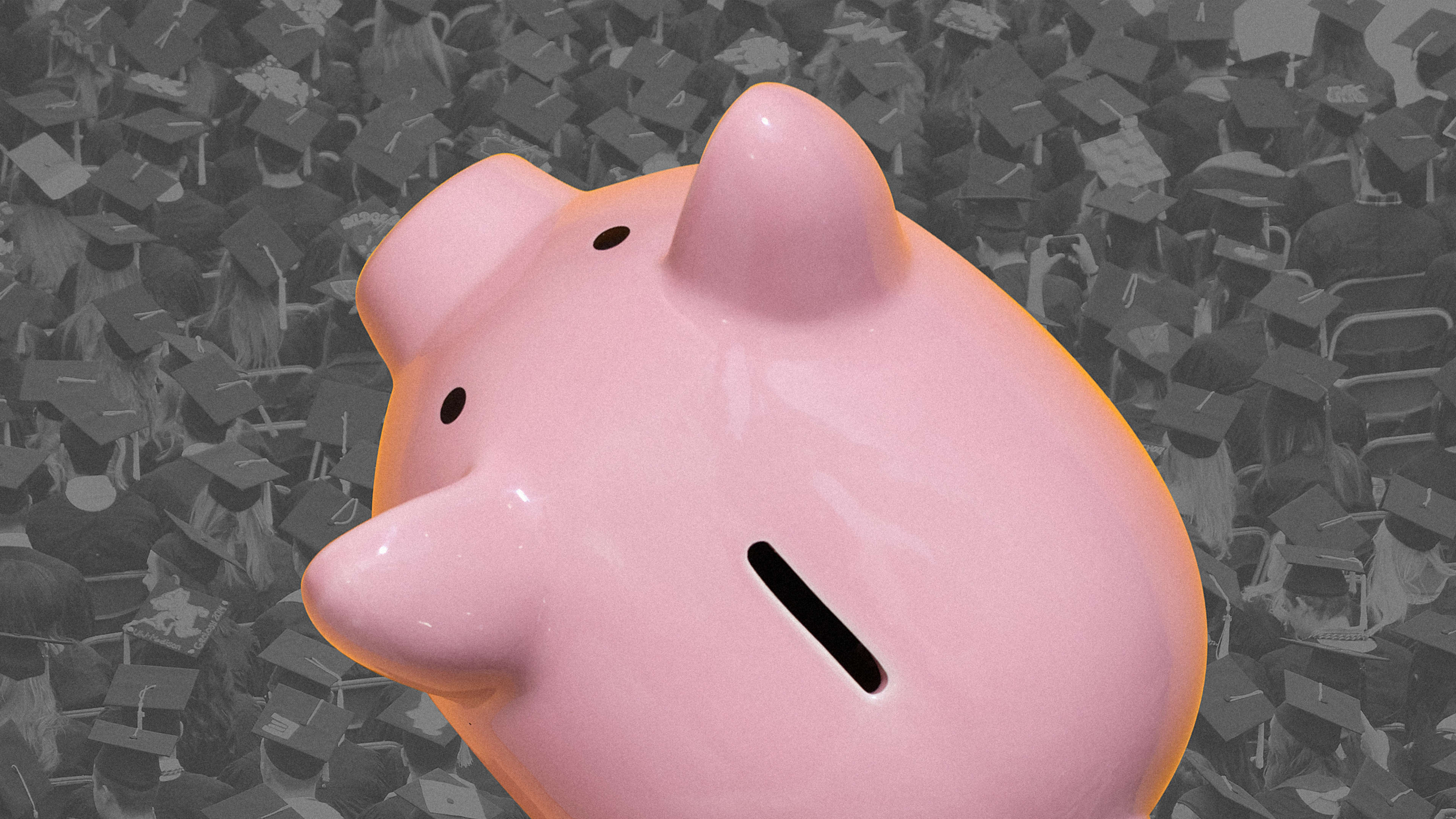Beginning in 2011, the city of San Francisco followed a policy where they opened a savings account for every kid entering the public school system. Each savings account came with $50 from the City and County of San Francisco. As the kids’ families make contributions to the accounts, San Francisco (and private donors) will add in additional funds. The program, called Kindergarten to College (K2C), was the first universal child savings account program to launch in the U.S., and as the name implies, it was designed to help kids in public school start saving for college at a young age.
The idea of child savings accounts, or CSAs, has been around since at least 1991, when Washington University in St. Louis professor Michael Sherraden proposed it in his book Assets and the Poor: A New American Welfare Policy. At least 54 CSA programs now exist across the U.S., and they reach more than 382,000 children. Even though many of the programs, like San Francisco’s, are open to all kids in public school, they have the stated aim of helping kids from lower-income backgrounds access financial stability and a path to college.
CSAs are far from a solution to economic inequity in the U.S. The wealth gap in the U.S. continues to widen: The three wealthiest people in the country own more wealth than the poorest half of Americans combined. Looking at the divide through the lens of race, the picture is even starker. In the last few decades, black wealth has dropped by half in the U.S., and Latino families are seeing practically no gains on average, while the wealth of white families has risen an average of 33%. Creating a vessel for families to amass savings for their kids’ college education will not correct for the fact that many families in the U.S. are not able to access enough income or build enough wealth to contemplate saving in the first place.
However, research has found that when kids are equipped with a CSA, parents’ expectations that they’ll be able to attend college in the future go up, and kids demonstrate improved social-emotional development at a young age. Policymakers like Gavin Newsom, the governor of California (who oversaw the introduction of K2C in San Francisco during his tenure as mayor there), are pushing to expand the availability of CSAs to more children.
What’s proven complicated, as interest in CSAs has grown, is identifying a banking mechanism to support them. San Francisco partnered with Citibank to develop a special platform that meets the needs of the program. Contrary to a typical savings account, which is often managed by an individual for themselves or on behalf of someone else, a CSA is managed by the program director at the city level, but must be accessible to the student and their parent or guardian, as well as the school for the purposes of adding funds. They also wanted to create a banking platform that wouldn’t require a Social Security number to set up, so the accounts could be available to all children regardless of immigration and citizenship status.
In the years since the program launched in San Francisco, Citibank has worked to refine the platform and is now making it available to any municipality that wants to start a CSA program. Called Citi Start Saving, it’s a unique banking platform specifically designed for CSAs. Through it, the local program manager can automatically open an account for every new kid enrolling in the public school system, and students, parents, and guardians can deposit funds and receive information about the accounts, as well as tips for financial management. “We had to design not only a concept and a product, but a whole technology platform that we’ve been expanding and improving over the years,” says Bob Annibale, the global director of Citi community development, Citibank’s financial inclusion program.
Citibank is beginning the process of talking with municipalities and states like California that have expressed interest in establishing a CSA. As this platform becomes available and CSAs potentially more commonplace, racial and economic equity organizations like Prosperity Now are pushing for them to be used more proactively to address the racial wealth gap. One way to do that would be to increase the initial incentive deposit from $50 to something more substantial, according to Prosperity Now. Momentum around that idea is growing too: As part of his presidential campaign, Senator Cory Booker has proposed an initiative that would place $1,000 in a savings account for every baby born in the U.S. A structure like Citi’s could help backbone such an initiative in the same way it’s worked on a smaller scale for cities like San Francisco.
Recognize your brand’s excellence by applying to this year’s Brands That Matter Awards before the early-rate deadline, May 3.
